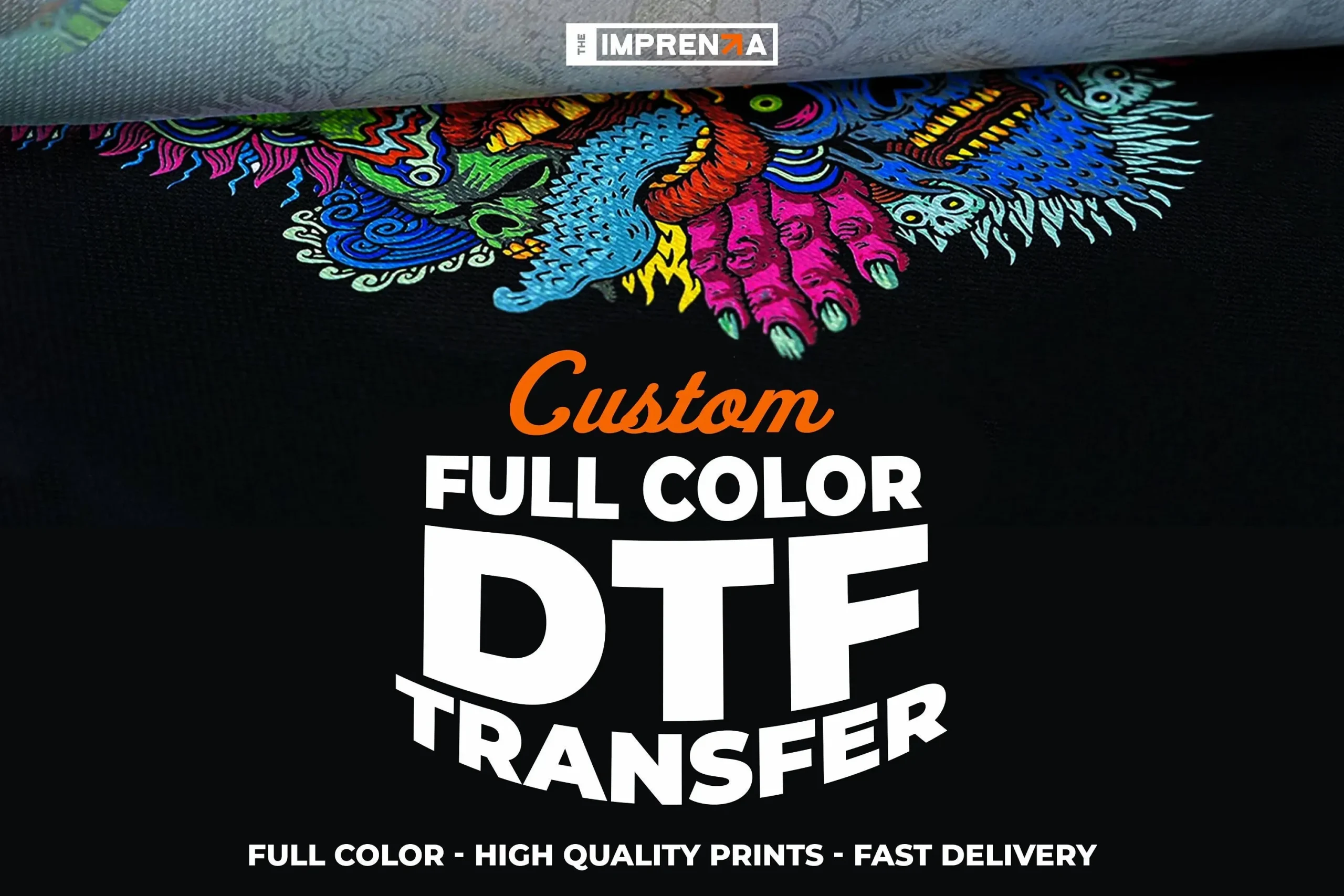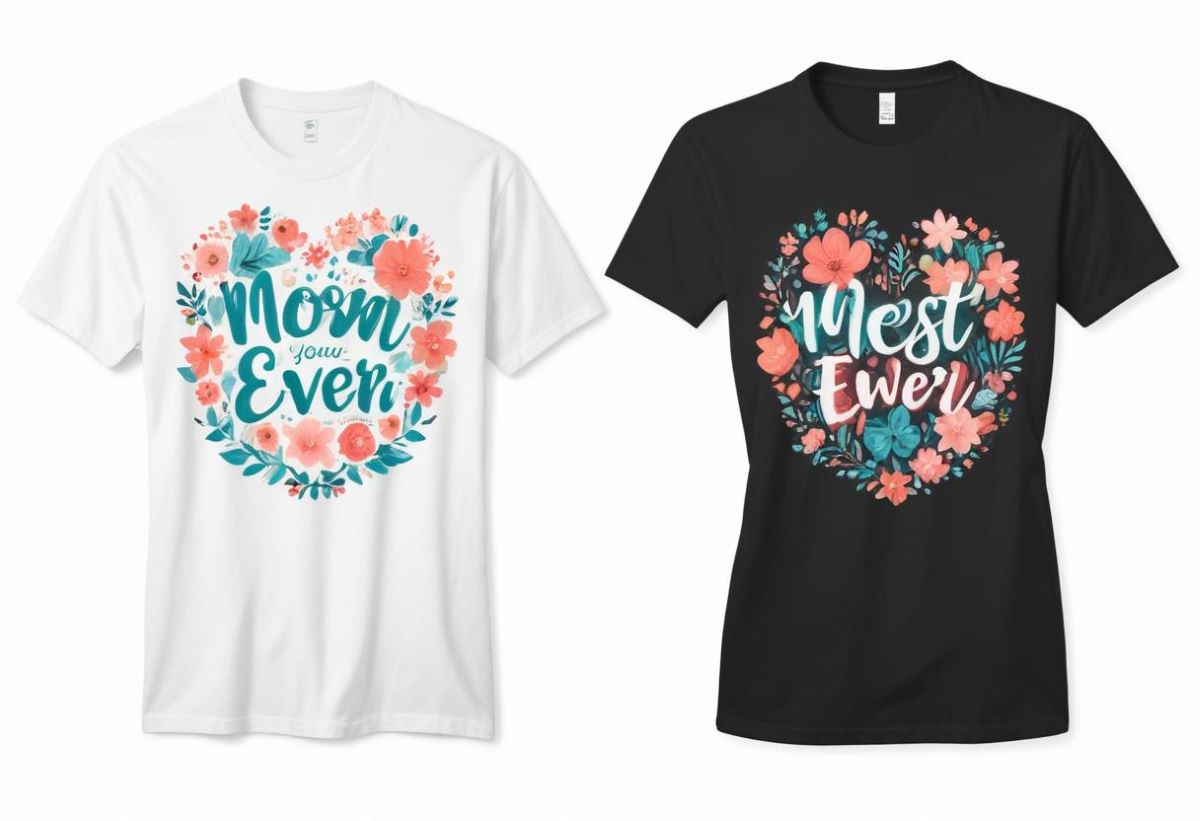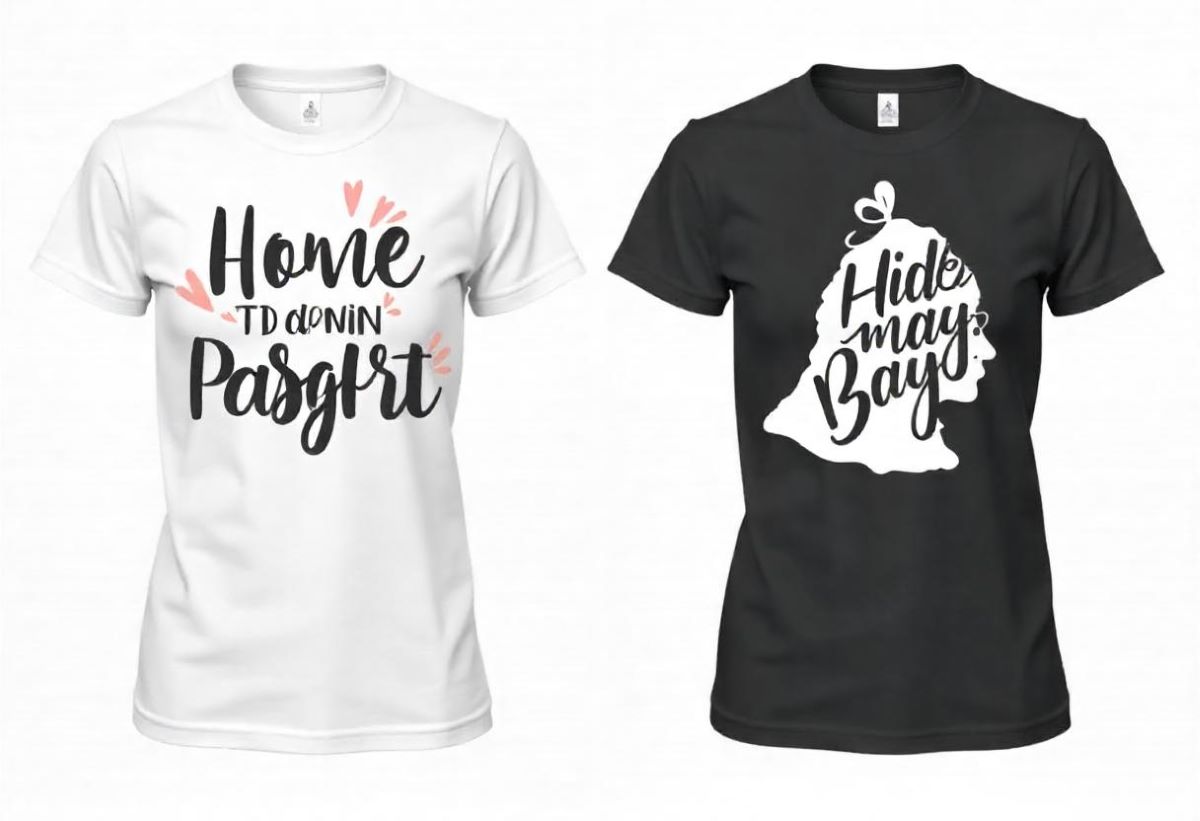In the world of customized apparel, **DTF transfers** have become a game-changer for garment printing enthusiasts and businesses alike. This innovative Direct-to-Film printing technique provides a seamless way to transfer elaborate designs onto textiles, representing a fusion of artistry and technology. As the demand for personalized clothing continues to rise, understanding the benefits of DTF printing is essential for any business looking to thrive in this competitive market. DTF transfers not only enhance the quality of prints but also offer impressive versatility across various fabric types, from cotton to polyester blends. In this guide, we’ll delve deeper into the advantages of DTF transfers, helping you unlock the full potential of this remarkable printing method.
Direct-to-Film technology, commonly referred to in the industry as DTF printing, is swiftly gaining recognition as a premier method for fabric decoration. This process allows intricate designs to be printed on a specially coated film, which can then be applied to multiple garment types through heat transfer. The flexibility and efficiency of this approach make it an invaluable asset for businesses engaged in apparel production, particularly those focusing on personalized items. With various benefits over traditional printing methods, such as reduced setup costs and superior durability, DTF printing is evolving into a preferred choice for those wanting to make their mark in the customized clothing sector. As we explore this topic further, we will discuss how to select the right DTF printer and maximize the benefits of this cutting-edge printing solution.
Understanding the Basics of DTF Transfers
Direct-to-Film (DTF) transfers represent a groundbreaking method in the world of garment printing, combining traditional techniques with modern innovation. The process begins with the printing of a design onto a specific film designed for optimal ink transfer. Unlike Direct-to-Garment printing, which directly applies ink to fabric, DTF transfers create versatile designs that can be used across various garment types. This technique has become a favorite among businesses looking to produce high-quality customized apparel efficiently.
The technology behind DTF transfers allows for prints that are exceptionally vibrant and resilient. The specialized inks used in DTF methods bond strongly with fabric fibers, resulting in long-lasting designs. This capability enables businesses to cater to a broad range of fabrics, including cotton and polyester, making DTF an ideal choice for those wanting flexibility in their garment printing services.
The Many Advantages of DTF Printing
DTF printing stands out in the garment industry for its remarkable versatility. This printing method accommodates a variety of fabric types and styles, from casual wear to athletic apparel. Businesses can easily print designs on different textiles without worrying about the limitations often associated with traditional methods like screen printing. This adaptability allows for a wider customer base and various printing projects, thus enhancing brand opportunities.
In addition to versatility, DTF printing also offers substantial cost savings, particularly for small to medium-sized orders. With less equipment required than other printing methods, setup costs are significantly reduced. The ability to create multiple designs without extensive preparation further minimizes expenses. This financial efficiency makes DTF printing an appealing choice for businesses just starting with garment printing or those looking to expand their service offerings.
Furthermore, quality and durability are paramount benefits of DTF printing that cannot be overlooked. The prints maintain their vibrancy and detail even after frequent washes, making them a reliable option for customers expecting high standards. The use of advanced inks ensures that designs won’t fade, peel, or crack, providing businesses with a competitive edge in the market.
Frequently Asked Questions
What are DTF transfers and how do they work?
DTF transfers, or Direct-to-Film transfers, are a garment printing technique where designs are printed onto a special film. This film, when subjected to heat and pressure, transfers the design onto the fabric. DTF transfers can be applied to various materials, such as cotton and polyester, making them versatile for customized apparel.
What are the benefits of using DTF printing for garment printing?
The benefits of DTF printing include its versatility across different fabric types and its cost efficiency for small to medium-sized runs. Additionally, DTF transfers produce high-quality prints that are durable and maintain vibrant colors over time, making them ideal for businesses focused on customized apparel.
How do I choose the right DTF printer for my business?
When selecting a DTF printer, consider factors such as print speed, print quality, and its compatibility with different inks. A reliable DTF printer can significantly impact your garment printing efficiency and the overall quality of your customized products.
Can DTF transfers be used on any type of fabric?
Yes, DTF transfers are highly versatile and can be used on various types of fabric, including cotton, polyester, and blends. This adaptability makes DTF printing an excellent choice for producing customized apparel for diverse markets.
What training is necessary for staff to implement DTF transfers effectively?
Staff training for DTF transfers is essential as it involves specific techniques for film application and heat transfer. Proper training ensures that employees can operate the DTF printing equipment correctly, achieving high-quality results consistently in customized apparel production.
What marketing strategies should I use to promote my DTF printing services?
Utilizing social media and e-commerce platforms is crucial for promoting your DTF printing services. Showcase your customizable apparel with engaging visuals and share informative content to enhance brand visibility and attract potential customers.
| Key Points | Details |
|---|---|
| What are DTF Transfers? | DTF transfers involve printing designs onto a special film, which is then transferred onto garments using heat and pressure, allowing for vibrant, detailed prints on various fabric types. |
| Advantages of DTF Transfers | 1. Versatility for various materials (cotton, polyester, etc.). 2. Cost efficiency for small to medium runs. 3. High quality with durable prints that withstand multiple washes. |
| Recent Developments in the DTF Market | 1. Market growth driven by demand for customized apparel. 2. Technological advances improving printer efficiency and output quality. |
| Implementing DTF Transfers in Your Business | 1. Select the right printer based on speed and quality. 2. Train staff in DTF printing techniques. 3. Use effective marketing strategies to promote customizable products. |
Summary
DTF transfers have revolutionized the garment printing industry, offering businesses a modern and cost-effective solution for customization. As companies increasingly focus on high-quality prints and flexibility in production, adopting DTF transfer technology allows them to stand out in a competitive market. Embracing the advantages of DTF transfers not only enhances product offerings but also boosts overall operational efficiency, driving growth and customer satisfaction.



